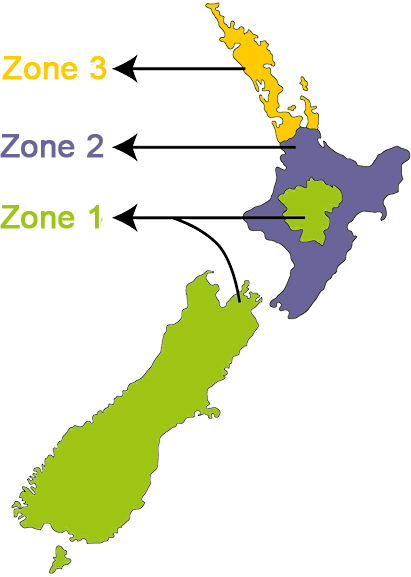.jpg)
Growing Guide
Full sun/Part shade. Prefers cooler temps. Well drained soil.
5mm
15cm
30cm
30-60cm2
1.5cm
Directly sown
7-20
60-75
Fill start pots or trays with seed raising mix.
Sow seeds, cover, firm down and water well.
Keep the soil moist so the seeds don't dry out.
Once seedlings emerge, feed them weekly with plant food.
You can also sow seeds directly into the garden once the soil has been enriched with fertilizer.
Wait for seedlings to grow to 4-6cm before transplanting.
Choose a sunny spot in the garden and prepare planting area by digging in fertilizer.
Place plants 30cm apart.
Mulch with organic mulch.
Follow the row space and seedling sow depth instructions.
Water in your seedlings well.
If growing in a container, choose a largish pot with plenty of space for the roots to grow and fill with multi-purpose compost.
Sprinkle the seeds on the surface and cover with a fine layer of compost.
Plants in pots dry out quicker than in the ground so make sure you keep them watered.
Harvest continuously to promote new growth.
After the flower stage, the kale plant will develop long, skinny green pods on the plant.
You only need one or two kale plants per variety for seed saving.
Each plant produces LOTS of seeds! Leave the green pods on the plant, but keep an eye on them.
You cut the branches with seed pods off when the seed pods turn brown and they are dry.
Use your gardening intuition about the perfect time to harvest the seed pods.
Only harvest the seed pods when they are dry or you risk moldy seeds.
Collect seed in paper bag/receptacle and store preferably in a dark, room temperature place.
Close your receptacle and shake to shift the seeds from their pods.

Zone 1 - Cool
January , February , March , April , May , June , July , August , September , October , November , December
Zone 2 - Temperate
January , February , March , April , May , June , July , August , September , October , November , December
Zone 3 - Subtropical
January , February , March , April , May , June , July , August , September , October , November , December
Problems